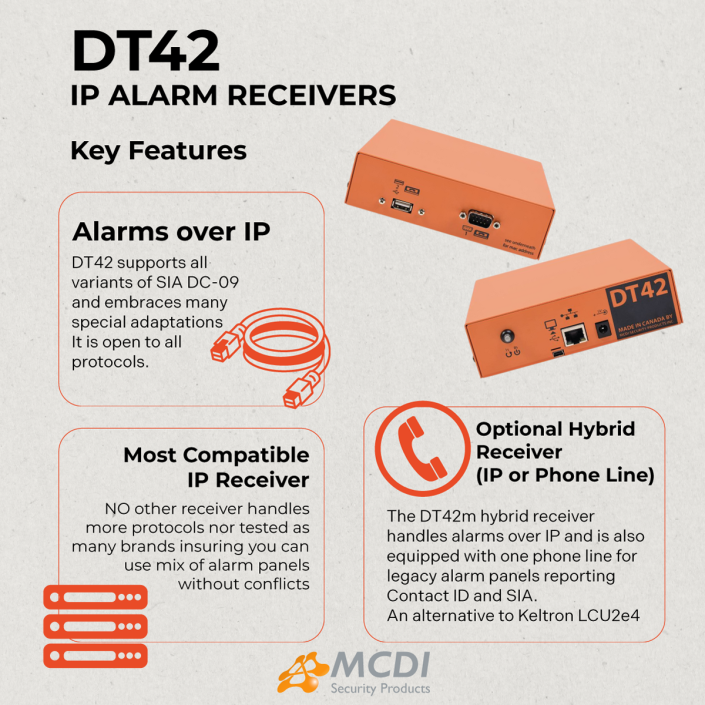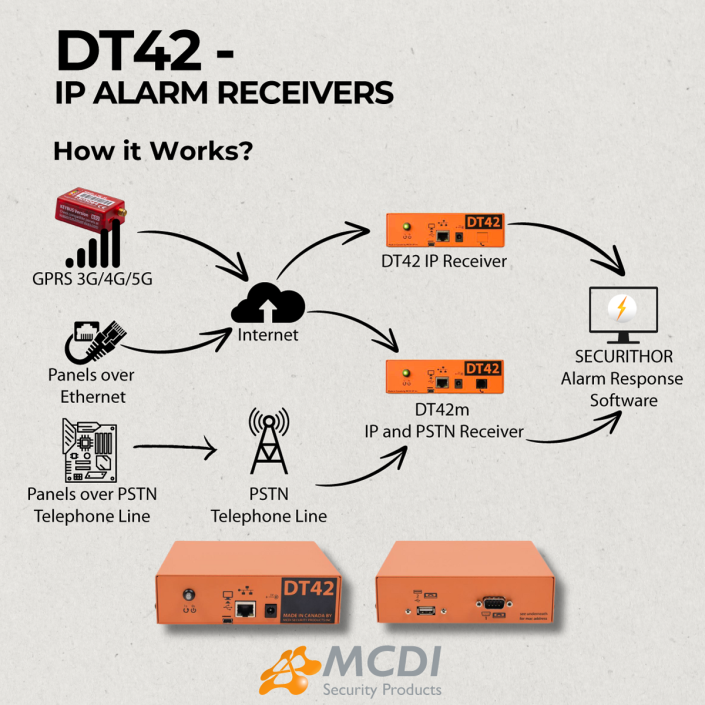Originally published by SANCO.PT in Portugusese at: https://sanco.pt/blog/blogged-by-experts-1/monitorizacao-de-alarmes-13
In a market such as the Portugal, a significant majority of installed systems are still self-monitored, i.e. the owners receive a direct communication/notification from their security system in the event of an alarm/failure, and must then initiate their own treatment process even they are far away.
In the same way, the culture of relying on a professional service at a recurring monthly cost still deters many consumers, and for this reason, the activity of monitoring alarm signals from Anti-Intrusion Alarm Systems, is going through a period of important changes and developments. Many operators seriously risk losing customers if they do not ensure a prompt update of their ARC infrastructures. They have to adapt their ARC to the increasing demands of customers and the same time offer versatile security solutions that are emerging on the market. Portugal already has a legal framework for their implementation.
In this article we will explore a little of the Past, the Present and we will make a preview of the near Future and new challenges for Private Security. And if you are the owner, or responsible for the management of an ARC you will be able to have an idea of the situation in which it currently finds itself.
THE PAST
“PSTN Line Cards”. “3+1” | “4+1” | “4+2” | “4+3”.
“GSM Calling”. “DTMF Tones”
If you are still using them, Your ARC might still be in the Past.
In the early days of alarm monitoring and the emergence of the first monitoring centres, Monitoring Software often was DOS applications that performed very simple tasks. Namely showing the operator which alarm signal was coming in and who to call. These software from the 80s and 90s often fit on a 640KB Floppy Disk.
The operators’ tasks were really simple: seeking a response after a signal came in, usually a validation call to people in the contact list. And when necessary, communicating with the authorities.
A very simple proprietary communication protocol was often used such as 3+1 or 4+1, not giving a lot of information.
The PRESENT
“IP Stack Communications”. “GPRS” | “4G” | “LTE” | “5G”.
“AES-128 Encryption”. “DC09”. “Guard Tours”. “Image Integration”
If this rings a bell, Yes, your ARC is in the Present
Nowadays, a monitoring center has the capacity to manage a much broader range of signals, offering value-added services to its customers. Such as checking the armed/disarmed status of systems and any deviations from the opening or closing schedules. The Central can send periodic activity reports, managing physical or virtual panic buttons, and video verification using installed cameras and NVR. With the spread of Smartphones among subscribers, it is now common to provide real-time information to customers via emails, text messages, or push notifications with detailed information tailored to each customer and event profile.
The ARC service can extend to preventive or corrective maintenance. And allow association with Patrols, First Responders, or any professionals using tools to respond. Patrols and Servicemen or Alarm Responders using Smartphones linked to the Central can perform task such as verify door locks, identify people on site, verify areas, and are tracked in real-time. With the apps, they can include activity reports, attach images and notes that
remain on file for administrators and customers when requested. The same concept applies to security picket interventions.
With the massive expansion of Fiber optic networks as the backbone of communications infrastructures, and the progressive disinvestment/removal of copper infrastructure by telecommunications service providers, the way is paved for a re-modeling of communication means and report formats, with IP-based communication becoming the new standard (supported by LAN or GPRS/LTE/5G connection).
On the other hand, alarm equipment manufacturers increasingly bet on formats that, although based on open standards, end up being closed and proprietary, forcing ARC to opt for solutions that allow aggregation of formats, or equipment and software adapted for multiple manufacturers. This involves associating the appropriate Management and Alarm Response Software, thus expanding its response capacity and market adaptability,
enhancing its value. Otherwise the ARC is restricting itself to a small number of manufacturers, potentially becoming “commercially hostage” to a single manufacturer.
In the case of self-monitoring, particularly in industry and large residential complexes, the role of the security department is gaining increasing prominence today, with simple and accessible technological equipment for implementation and such as using Alarm Receivers with web-based software or Smartphone apps that allows operators easy access to information.
In the particular case of the industrial sector, monitoring in guard booths can go far beyond the supervision of safety equipment, and can be easily associated with the monitoring of the status of a wide range of variables, such as temperatures, operational status of machines, energy consumption/non-consumption, among many others.
The FUTURE
“Monitoring as-a-service”.
“Proactive Monitoring supported by Artificial Intelligence”.
“Monitoring-on-Demand”. “Related Cloud Services”
Yes, Your ARC is ready for the near future
With the expansion of 5G communications technology, the continued expansion and widening of loT equipment, and the exponential growth of all Artificial Intelligence-supported technology, a whole series of aspects of this
activity are being streamlined, which will undergo important changes and developments.
Concepts such as “Security System-as-a-Service”, “Proactive Monitoring”, “Monitoring-on-demand” will become more attractive to a wide range of consumers, who will give preference to principles and concepts of
flexibility in the provision of services, articulation in the correlated monitoring of events supported by Artificial Intelligence, providing the customer with relevant information at the right time and in the right context.
On the other hand, the window of opportunity for competitiveness that opens with the possibility of offering pre-paid service offers and charged according to the type of event processed, could dictate the competitive
advantage of an operator over its competitors.
At Sanco, we have extensive experience in monitoring solutions, whether for signal reception and processing, or for implementing automation software solutions for event reception and processing, staff dispatch, and much
more. Our team of experts can guide you in selecting the most appropriate monitoring solution for your usage, whether it is a simple daily error/fault check in the context of self-protection, validation of occurrences in the
context of municipal building management, or in a private security operation. We have the right solution for you!
Need more information? Contact us:
MCDI HQ Montréal Canada
WhatsApp: +15145731320
MCDI Ibérica
WhatsApp: +351 968 690 689
MCDI de México
WhatsApp: +52 618 825 4493
MCDI Philippines
Mobile/WhatsApp +0917 637 4581



